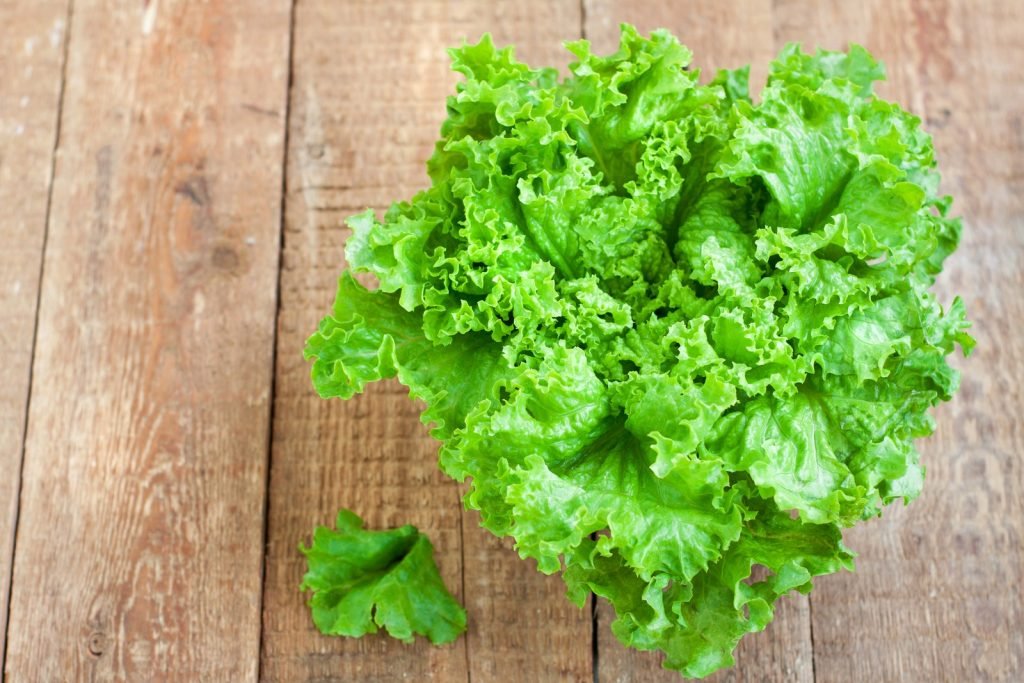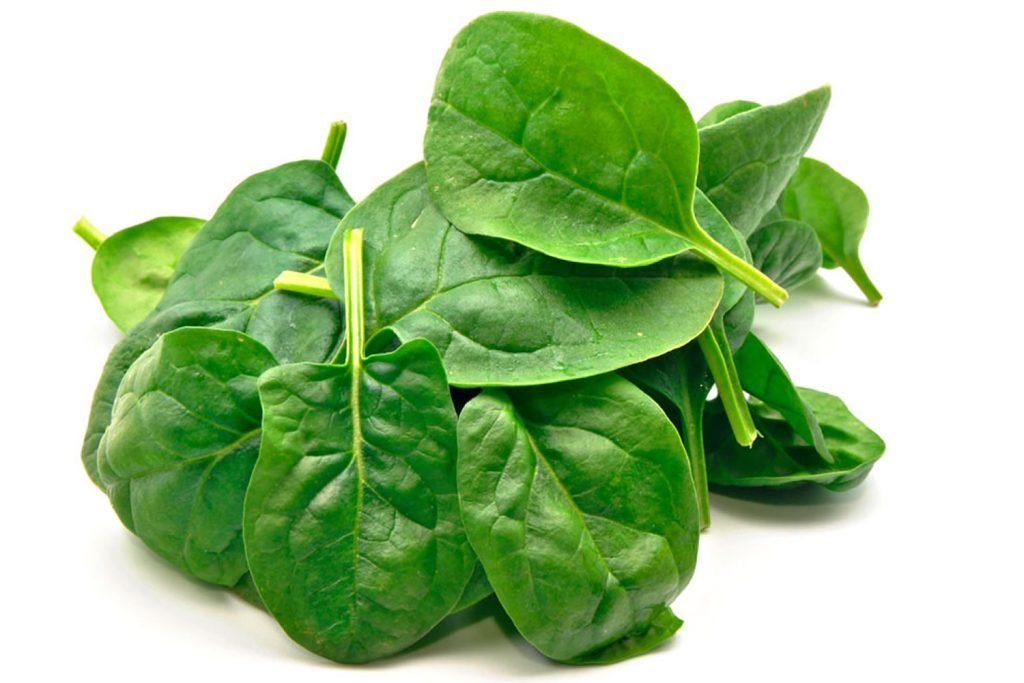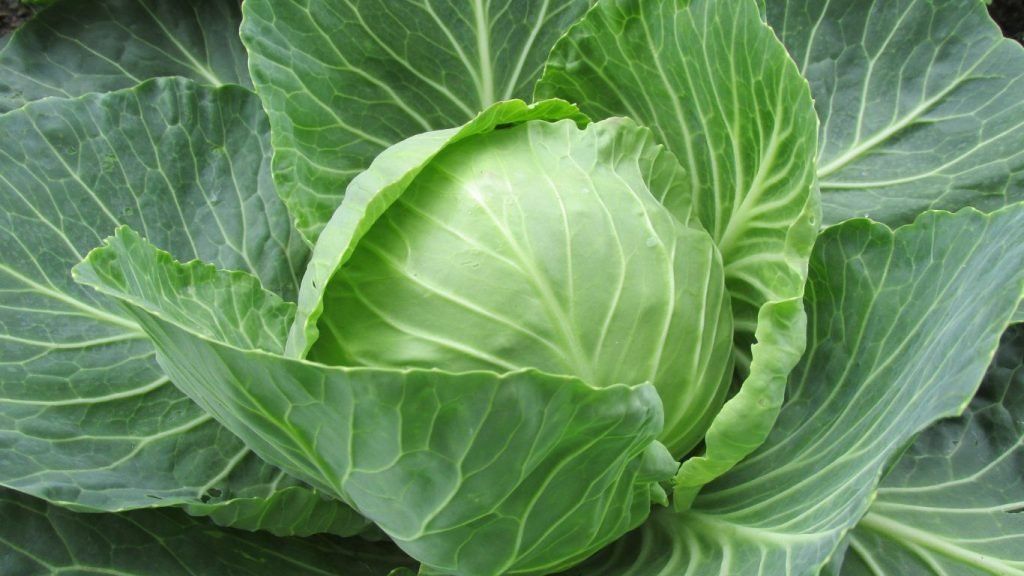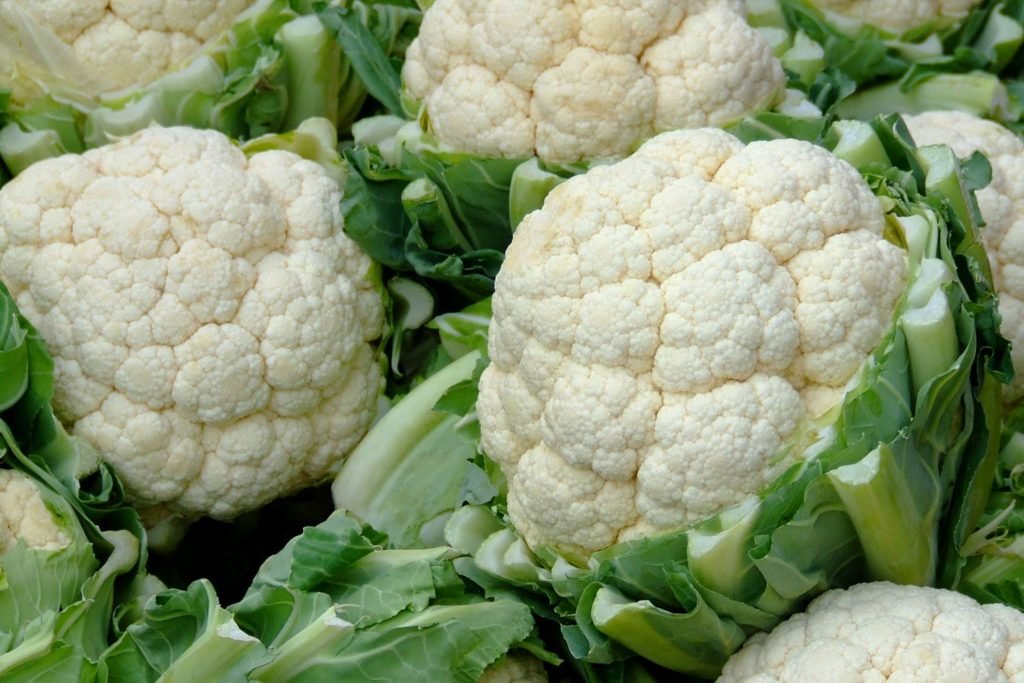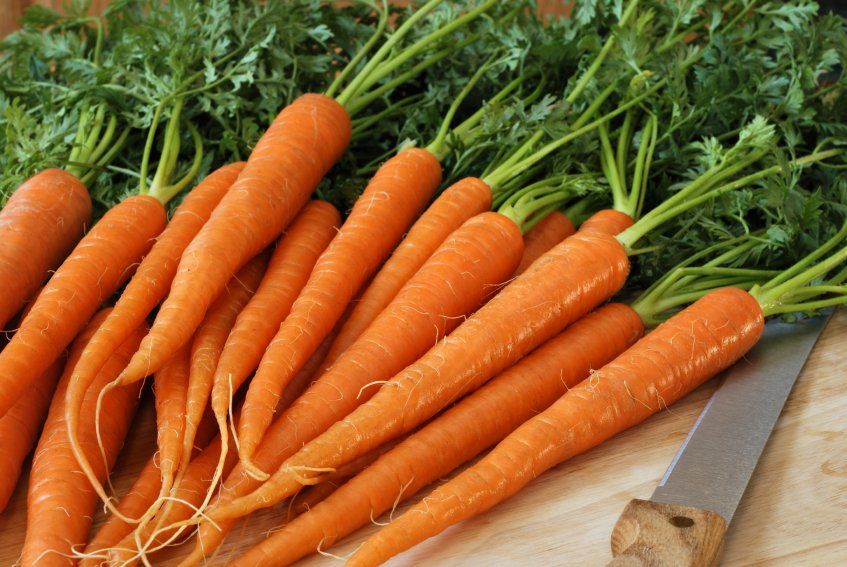Ginger water is a natural remedy used to help conditions like nausea and morning sickness. It has several health benefits. Making ginger water correctly is important because you want to get the dose right.
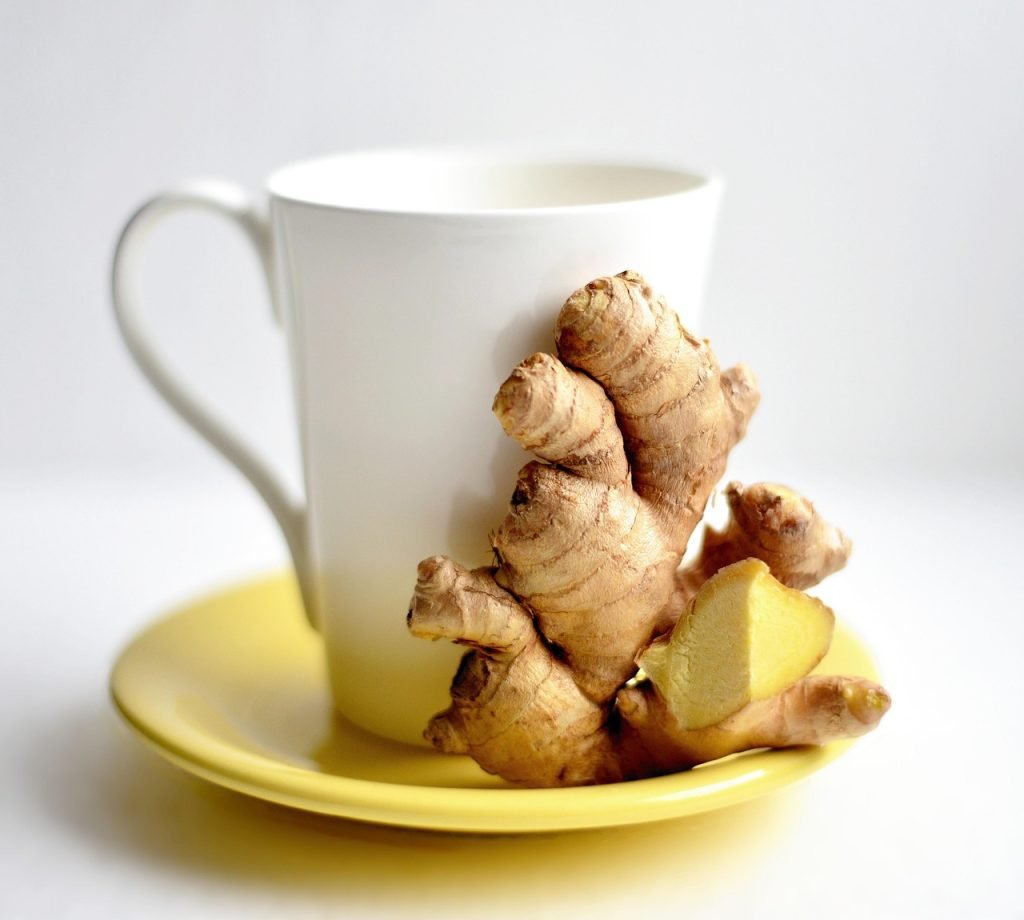
Ginger is native to Southeast Asia. It’s common in food and herbal remedies around the world. The ginger plant is rich in natural chemicals that can promote health and wellness.
Ginger water, also known as ginger tea, is one way to enjoy the benefits of ginger. Read on to learn more about the possible health benefits benefits, uses, and side effects of ginger water.
Benefits of Ginger Water
As with many herbal medicines, more research is necessary to better understand and prove the uses of ginger and ginger water.
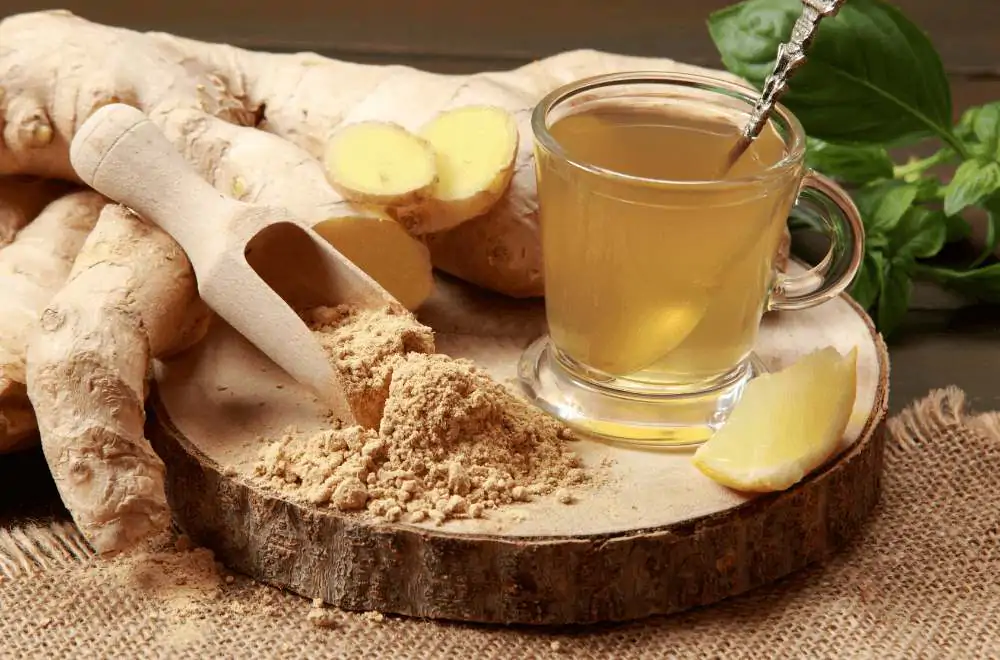
Many anecdotes about uses for ginger water can’t be guaranteed to be healthy or effective. However, limited research does back several potential benefits.
Anti-Inflammatory Properties
Inflammation is one of your body’s natural self-preservation functions. Diet and lifestyle changes may be necessary to fight chronic inflammation.
Consuming ginger may help prevent and heal inflammation. 2020 research found that oral and topical ginger helped reduce inflammation in cases of delayed onset muscle soreness.
According to research, human and animal studies have suggested that certain compounds in ginger helped reduce symptoms of inflammatory conditions, such as arthritis
While a doctor may recommend medical treatments to directly address inflammatory conditions, you may wish to discuss with your doctor the possible benefits of adding ginger to your diet.
Antioxidants
Antioxidants fight reactive oxygen species (ROS), which cause oxidative stress and damage your cells. Your body naturally makes ROS, but some lifestyle choices — like drinking large quantities of alcohol, smoking, or experiencing chronic stress — can make you produce too much ROS.

Consuming foods and drinks with antioxidants, like ginger water, may help prevent and fight the negative side effects of ROS.
Research showed that numerous clinical studies have identified the antioxidant properties of ginger. The review suggests that ginger may be a complementary treatment for conditions such as obesity, diabetes, chronic kidney disease, and cardiovascular disease.
You may wish to talk with your doctor about the possible benefits of ginger’s antioxidant properties for your specific condition.
Anti-nausea and digestion aid
Cultures around the world regularly take ginger to help ease indigestion and nausea.
Ginger may help manage nausea and vomiting. The article also indicates that further studies could help better understand which ginger constituents may be most beneficial.
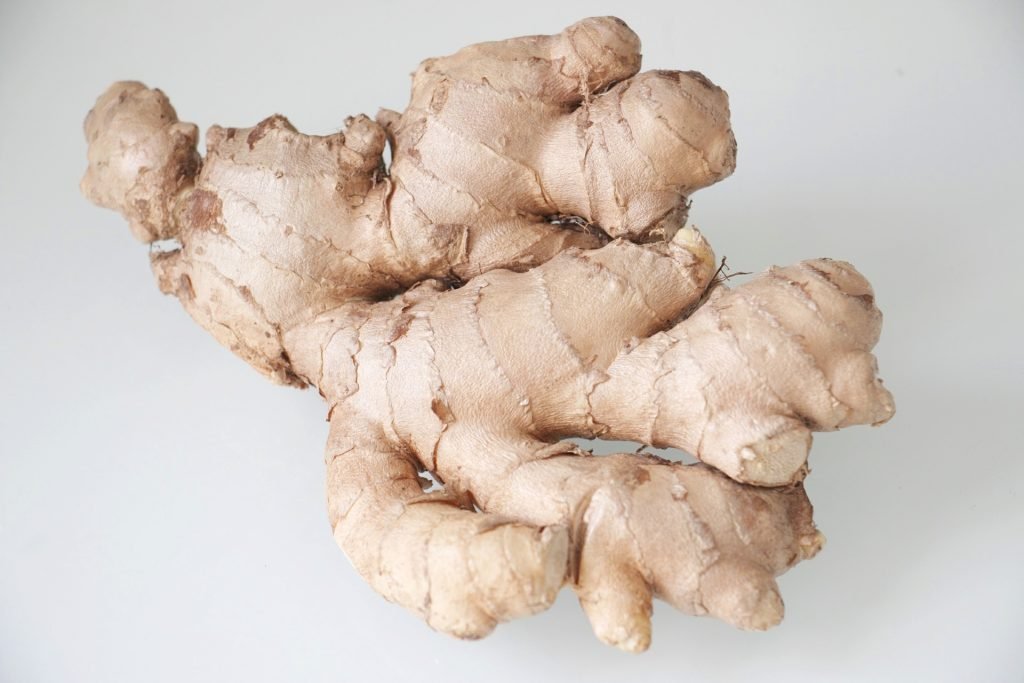
Manage blood pressure
Research in 2019 showed that ginger could help lower both systolic blood pressure and diastolic blood pressure.
The review notes that further studies are necessary to learn more about the possible benefits of ginger on blood pressure.
Balance blood sugar
Ginger improves fasting blood sugar in people with diabetes. These and other findings show promise that ginger can help treat health concerns caused by chronic diabetes.
However, a 2019 study found that consuming ginger did not significantly alter fasting blood sugar. It did improve the glycated hemoglobin (HbA1c) from the baseline, though.
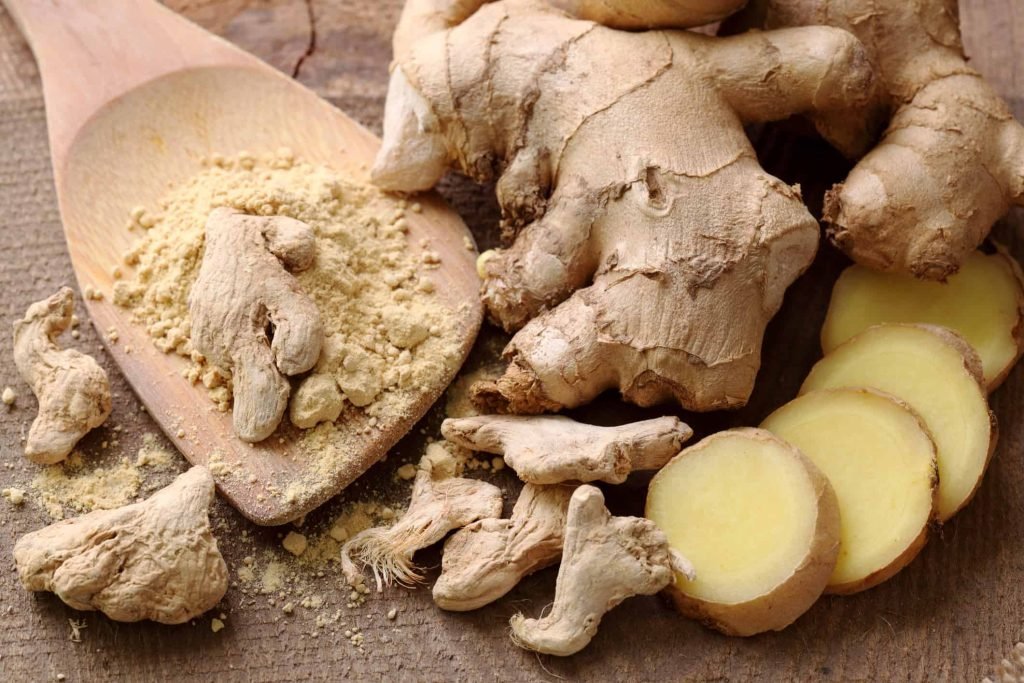
Cholesterol
A study in 2018 showed that ginger could help manage triacylglycerol (TAG) and low-density lipoprotein cholesterol (LDL-C).
It also found that a low dose of no more than 2 grams of ginger per day could help lower TAG and total cholesterol.
Weight loss
Reports show that ginger supplements significantly decreased body weight and waist-to-hip ratio.
However, the review found that ginger did not affect body mass index (BMI).
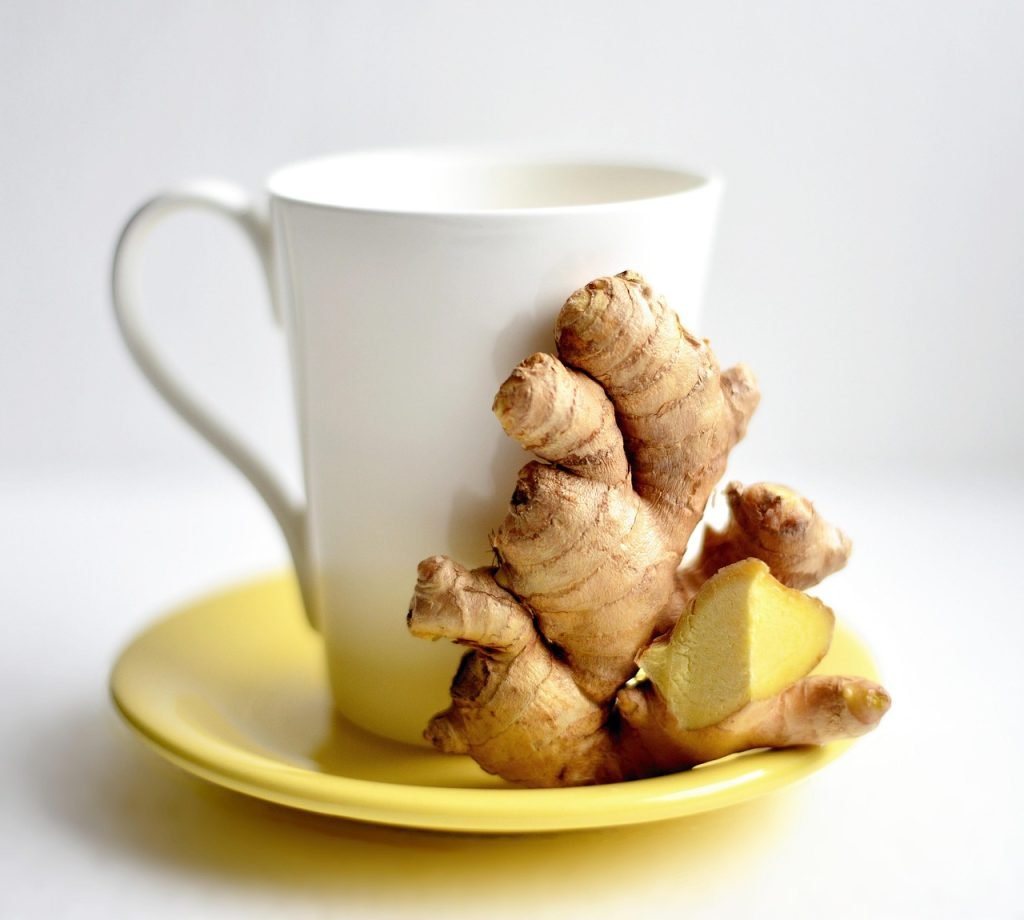
Hydration
While ginger may not directly help with hydration, taking your ginger in water may help.
Starting your day with a glass of ginger water, or finding another regular time to drink one each day, can help you hydrate.
Credit -www.healthline.com




